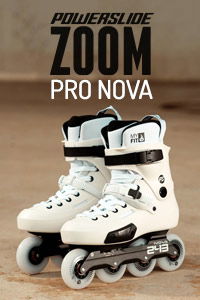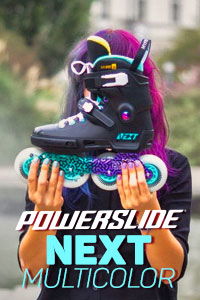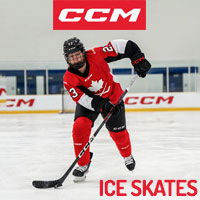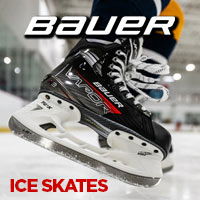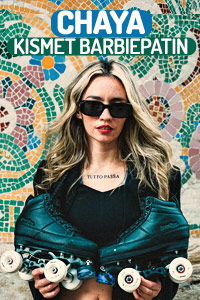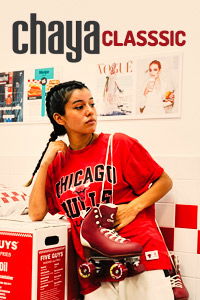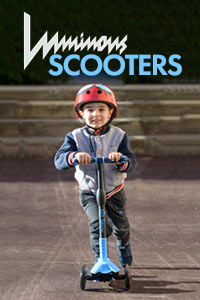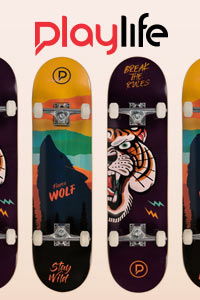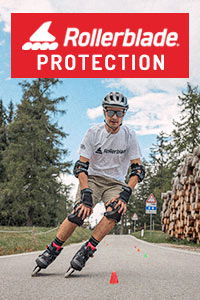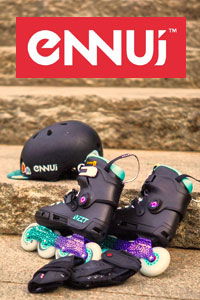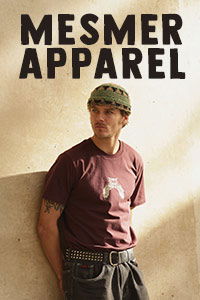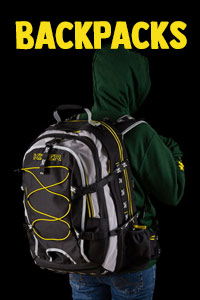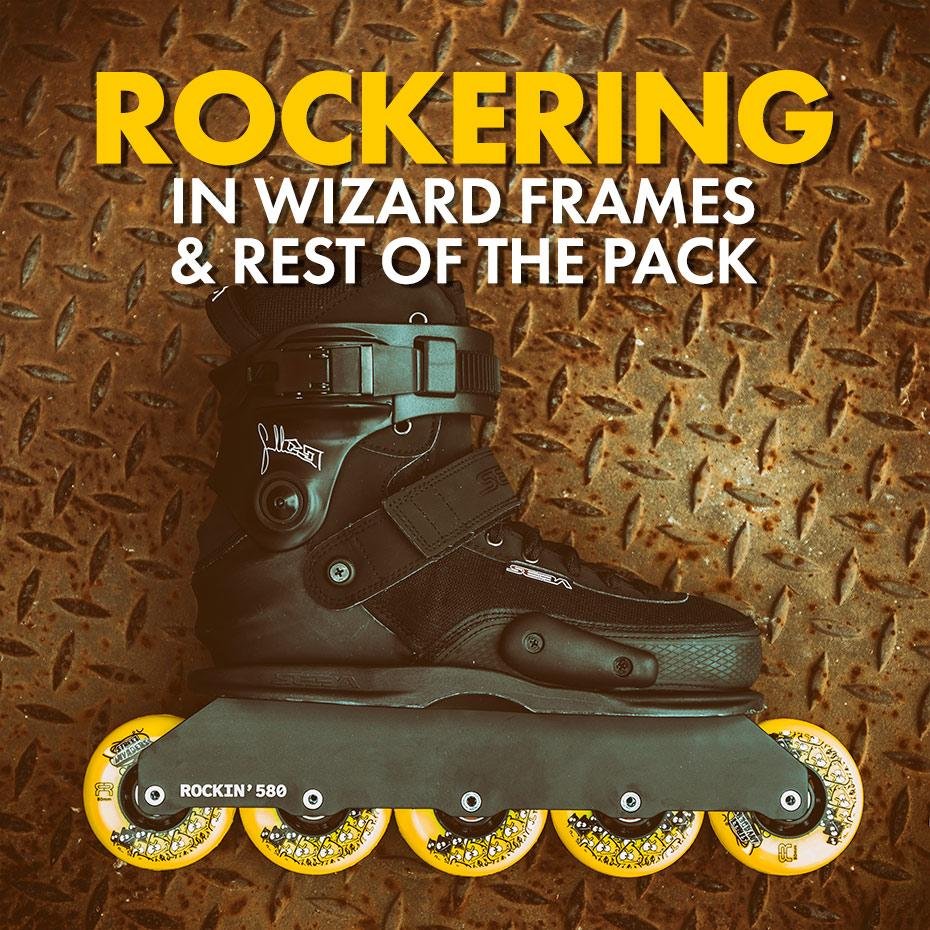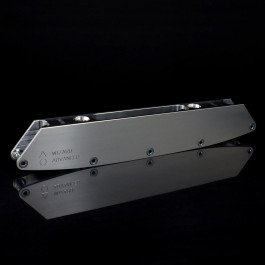The first ever Wizard frames, created by Leon Basin, were what one could call a perfect conjunction of everything which was brewing in world of inline skating at the time. Big wheels were back in the game for aggressive community and so were flat setups. People who have not skated anything other than antirocker for a decade or even more, have been awestruck by freedom of movement, effortless roll and speed granted by freeeskates and frames of this type.
A new style has been slowly surfacing. People all over the world have started to experiment and take inspiration from freestyle slalom, figurine skating, freeskiing and even BMX flatland. A pivot point in history of a whole new way of skating, which to this day doesn’t really have a name agreed upon, was the release of “Big Wheels 2” short skating movie by Mushroom Blading. Leon, a star of the picture, has opened people’s eyes and showed them new horizons. His “wallride to fakie” at the end is without any doubt a trick of historical importance. You can see the movie below:
Naturally, with emergence of new style, new gear has started to pop up around the market. Leon has expanded Wizard frames portfolio and soon new companies like Endless, NN Skates and Rockin’ Frames have emerged. Existing players like Kizer and FR Skates have thrown in their two cents too and possibility of riding wizard-like setup is a big selling point of IQON Decode frames. We must also mention the very first Wizard “copycats” ever – the Pragmatic frames made by Polish skater, who made few pairs but have not started a full-blown business of selling them.
How magic happens.
All frames we have mentioned above have one thing in common: rockering. This is the famous “secret sauce” which makes skating them so unique sensation. But wait – does it, though?
Truth is, the rockering is not as revolutionary as some claim it to be. First of all, all these companies aim to deliver a feeling of worn-in flat setup right from the start, with fresh set of wheels. The second rule is that pressure is put dominantly on only two wheels at any given moment.
If a word “banana” has suddenly appeared in your mind, you have hit the jackpot. Wizard and similar frames use a slightly altered “Banana” rocker, a wheel setup being de facto a standard in freestyle slalom. The two outer wheels are raised slightly in relation to middle ones. This particular rockering variant was often called "Hi-Lo rocker" in the past.
The main difference which sets them apart from slalom frames is their length. They are longer – while longest frames used in freestyle slalom are 243 mm long, the shortest ones used for “artistic/flowskating/wizard” measure 255 mm (Endless 80 if you want to know, which fit four 84 mm wheels) while most popular ones are about 273 mm (for 4x90) and 305 mm (for 4x100) long.
Another difference is the alteration of axle height. Classic banana setup uses 2 mm difference between wheel positions, whereas Wizard and the likes use something between 1 and 2 mm. The rear wheel is also lifted slightly higher than the front one. It is a very subtle rockering.
What does it bring to the table, though? To put it simply, it makes turning on skates feel more natural and flowing. The rest depends on your level of skill.
Thing is, if we take a frame where rockering is nothing more than a “banana” with 1 mm height difference on both outer axles, like Kizer Element 90 or FR Skates UFR 490 rockered, the sensations of skating it will not be radically different to Wizard-style rockering frames. We dare to say that for most people there will not be any noticeable difference.
Lean forward
The original Wizards, as well as Rockin’ Frames, have one another distinctive feature which sets them apart from the rest of the pack – they make boot tilted forward, placing heel higher and toes lower. This feature has been developed because placing weight on the front part of the foot is optimal for this style of skating. Furthermore, at the very beginning, the boot of choice for Wizards was Seba CJ/SX, which does have the heel positioned almost flat in relation to toes. It makes the tilt built into frames essential. The concept isn’t really new, there’s a good reason why figurine ice skates have high heels.
In skates with SSM and Trinity mountings, you do not necessarily need additional tilt, as the heel is raised anyway. Even if you feel like it is not enough for you, a thin, additional shock absorber under the heel usually does the job. It is a similar case in UFS boots which use raised heel shells, like Them 909, USD Sway or new UFR. It is worth to keep this in mind when choosing the frame – there are models without forward tilt out there (the Kizer and FR Skates ones mentioned earlier, for example). Thus, coupling them with a flat heel boot gives us skates which will be sub-optimal for Wizard-style tricks.
Five wheeled frames are a special case. The idea is the same, the pressure is put on two wheels at any given time. Rockering works like this: middle wheel is placed lowest, the wheels next to it slightly higher (may not be on the exact same height) and outer ones even higher. It is also a kind of “banana” as you get a curve similar to blade of hockey skates. Once again, we are speaking about less than 2 mm difference between position of wheels which are next to each other.
See below how these two rockering types work.
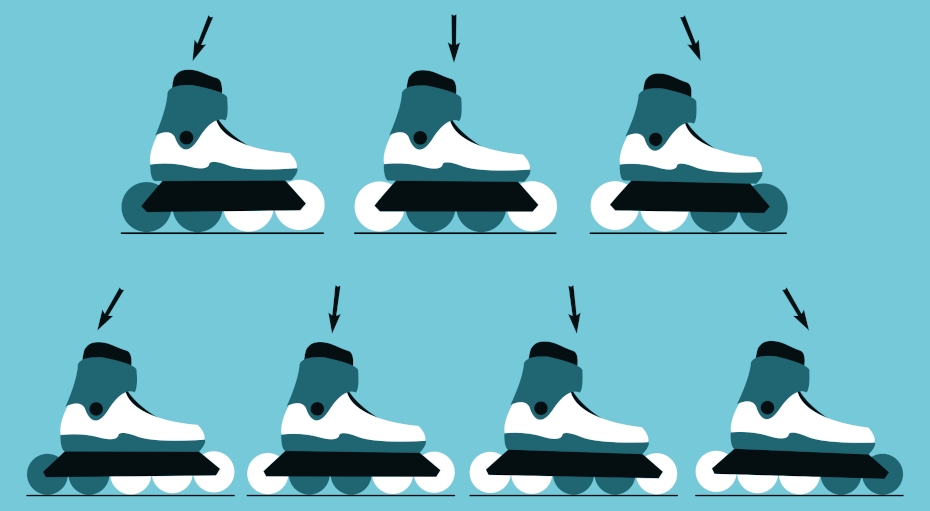
Apart from introducing the very first frames of this style to the market, the Wizard brand has also created naming convention for different setups. Other companies do not use it officially, but these monikers are in common use and all frames are based around the same concepts anyway. It goes like this:
NR, Natural Rocker, 4 wheel frames – it is a three position rocker, meaning that most of the pressure is put on one of three wheel pairs at any given moment (1+2, 2+3 or 3+4). Frames use bigger wheel sizes, making it easier to sustain speed and giving smoother roll than in case of frames using smaller wheels. It is worth to note that the bigger the wheel, the longer and taller the frame, which makes it harder to tame. This is why all manufacturers recommend their 4x90 models as the best entry point for newcomers to the style, allowing to learn tricks easier, whereas models for bigger wheels are intended for more advanced skaters. Four wheel frames are a good compromise between speed and possibility of doing tricks, which makes them a bit more versatile option than five wheel ones.
Natural rocker is, as mentioned, basically a Hi-Lo rockered setup. The front wheel is raised slightly, whereas rear one a bit more in relation to middle wheels. That's it - simple, but effective! Below you can see how this works: black colour indicates the ground level, while orange and red show you how much given wheel is raised in relation to it (with orange standing for a slight and red for bigger raise).
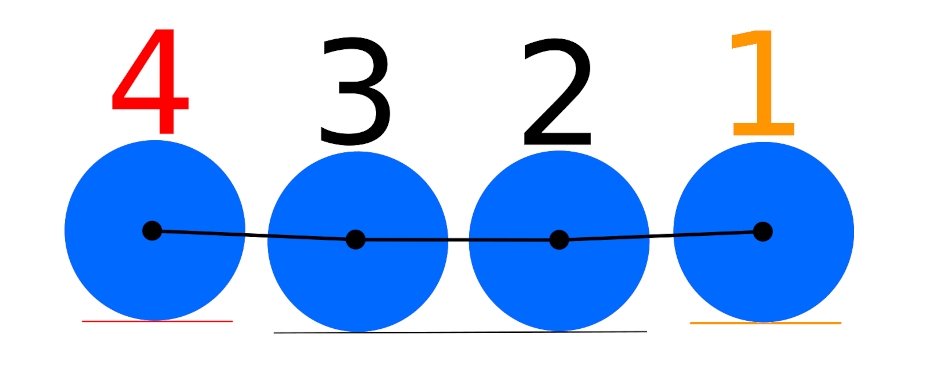
PR, progressive rocker, 5 wheel frames – it is a four position rocker (1+2, 2+3, 3+4, 4+5) which means a more gentle curve. As the wheels are smaller, the centre of gravity is placed lower, making skates easier to control and more stable. In addition, smaller gaps between wheels give us a higher level of agility than in case of four wheel frames. On the other hand, these frames are slower and are not as good for distance skating and commuting – technical tricks are clearly a focus here. See how axles are positioned below:
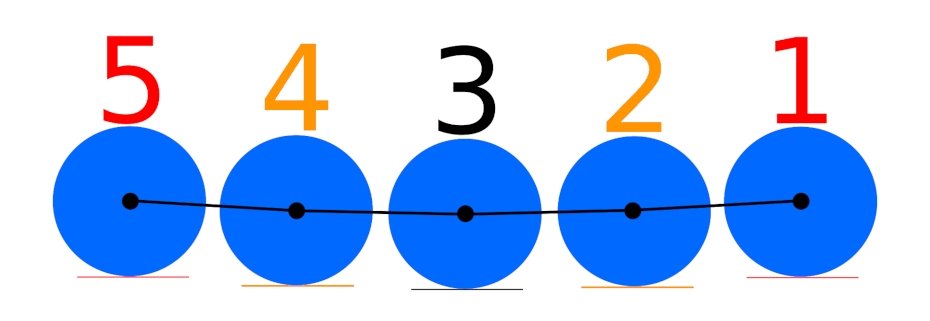
Wizard Advanced – the latest addition to the family, it is a tweaked progressive rocker style frame, intended for the most experienced skaters out there. The outer wheels are of bigger diameters than ones in the middle, which makes it easier to balance on them and improves roll on wheeling tricks. They stick out in front and the back more and thus, are a bit harder to handle than regular 5 wheel frames. The benefits such as lower centre of gravity and high level of agility are still present, though. The first company to copy this style of frame was NN Skates.
When it comes to actual geometry of rockering, it's the same principle as in PR rocker.

Hoax or revolution?
We've saved a very important aspect for the end. Wizard-like frames are convenient, as they allow you to go out and do tricks on flat ground with a fresh set of wheels, but you do not really need them to start experimenting with this skating style. In practice, even flat 4x90 setup will be a good fit after you’ll wear the wheels in a bit, giving you a true “natural rocker”.
Of course, having a dedicated frame does make some things easier, such as rotating your wheels without losing the rockering effect. These frames also come in more sizes and are usually of stronger build, which makes them more suited for grinds. However, if their price is too steep for you, there’s nothing holding you back from learning tricks even on a venerable 4x80 setup.
Check out the frames in our shop:
- Wizard frames
- Endless frames
- Rockin’ Frames
- IQON Decode frames
- Kizer Element 90 and Flux
- FR Skates UFR 490 rockered frames
If you are still on the edge whether to go for a rockered, big wheel frame, take a look at this killer edit and you'll know the answer:


